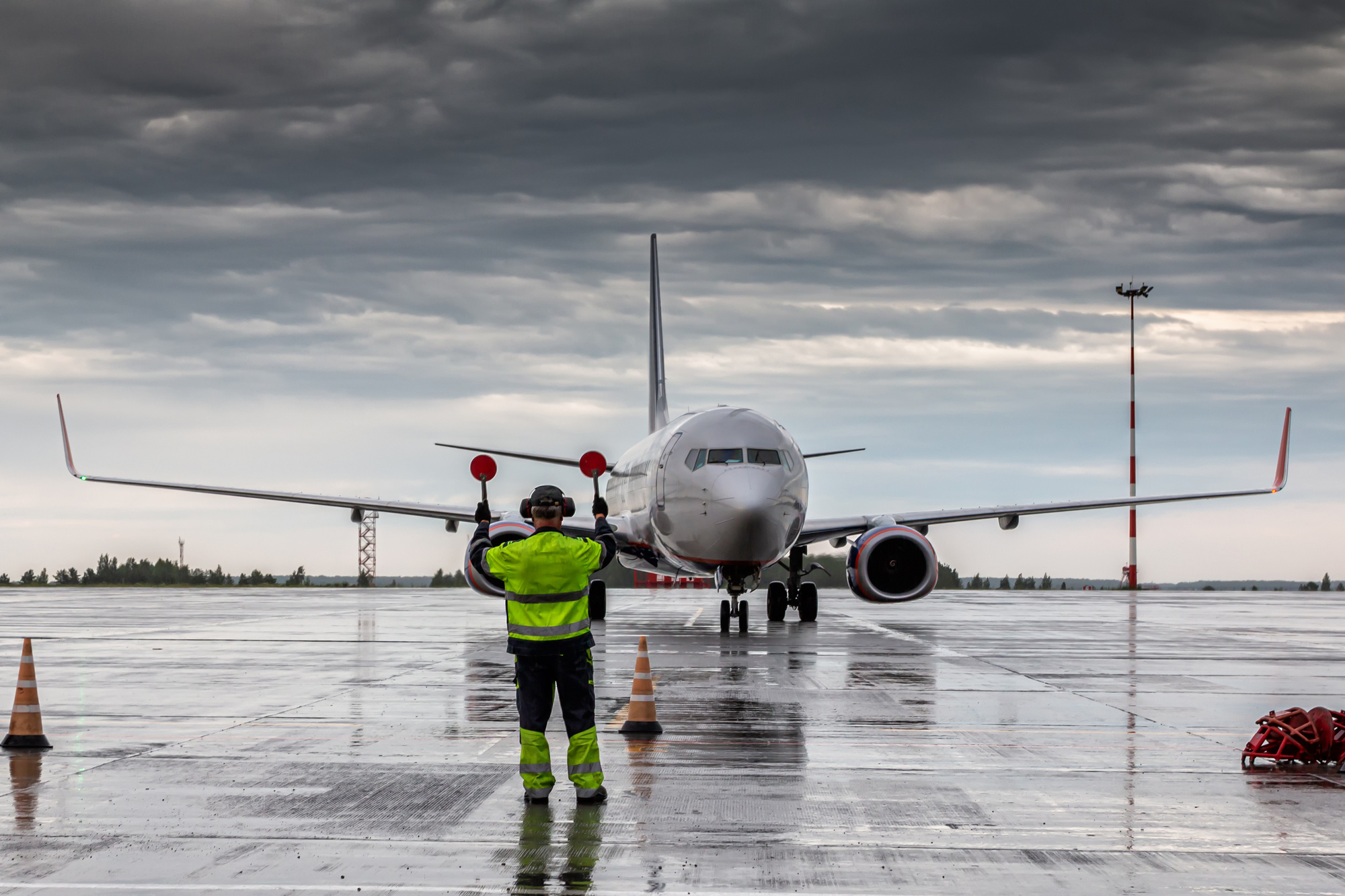The Importance of Innovative Materials in Aviation Safety
 Posted On
Posted On
Air travel is one of the safest forms of transportation today thanks to major improvements in aviation technology and safety over many decades. An important part of this progress has been the development of advanced materials that make airplanes more damage resistant. Aerospace composite companies like Aerodine Composites have been spearheading research into future materials.
Withstanding Turbulence
Transit through patches of atmospheric turbulence exposes aircraft structures to unpredictable and erratic external forces that stress key components. Incorporating next generation aluminum alloys hardened for maximum yield and fatigue strength offers superior resilience against structural cracks forming under repeated cyclic loadings from turbulence. In addition, composite materials made by embedding extremely rigid carbon fiber sheets within optimally designed polymer resin layers deliver exceptional strength with minimum added weight while also demonstrating heightened damage resistance capabilities.
Preventing Engine Failures
Within the exceptionally hot and stressful environment inside jet turbine engines, engineers heavily rely on nickel-based superalloys that can survive highly oxidizing conditions present at extreme temperatures exceeding 1500°F. Both rotating and static components such as turbine disks and combustor liners made of specialized nickel alloy formulations prevent deformation that could prove catastrophic should failure occur mid-flight at peak power loads.
Furthermore, newly developed ceramic matrix composite (CMC) materials, comprising high-performance ceramic fibers embedded in ceramic based resin matrices tailored to withstand scorching temperatures, now show promise for revolutionizing turbine engine safety by significantly expanding safe operating temperature thresholds if adopted.
Lightning Strike Protection
The accelerating incorporation of carbon fiber reinforced polymer (CFRP) composite materials instead of traditional aluminum for constructing aircraft skins to save weight might increase susceptibility to catastrophic lightning strikes without the appropriate safeguards in place. However, if subsequent subsurface layers are interlaced with metallic mesh or foil barriers beneath CFRP skins, they can safely redirect damaging lightning currents around sensitive equipment and electronics while also avoiding the ignition of fuel vapors in wings and tanks.
Advanced Fuselages and Wings
Transitioning toward resilient one-piece carbon fiber reinforced fuselage structures manufactured without thousands of rivets inherently fosters much higher tear resistance and reduced maintenance than traditional aluminum aircraft bodies. Furthermore, integrating smart materials and sensors into aircraft wings appears highly promising for future safety gains. Next generation wings are in development that utilize special materials programmed to automatically morph their shape in real time to subtly dampen turbulence before it can unduly stress aircraft frames at speed. Self-monitoring and reporting microstructures integrated within load critical components may also alert ground crews to barely nascent material cracks or weak points as soon as they appear, enabling expedited preventative intervention before catastrophic failures ever occur.
Enhancing Passenger Safety
Emerging material advances help protect passenger safety in the highly unlikely event of an incident. Recently developed ultra impact-absorbent polymer composite cushions integrated into passenger seating structures perform exceptionally well at dampening acceleration forces upon occupants during collisions or crash landings compared to standard cushions. This helps prevent or minimize serious injuries. Furthermore, aisle floor panels now incorporate durable yet easy to clean non-slip surface materials that greatly inhibit falls even in rough flight conditions to further boost safety. And flame-resistant interior finish materials capable of measurably slowing fire spread while emitting far less dense smoke afford passengers those extra precious seconds needed to safely egress aircrafts in an emergency.
Conclusion
The development of advanced materials has played a crucial role in the excellent safety record of modern aviation. With smarter planes that can sense threats and self-heal, flying may one day surpass even today’s incredibly high safety standards through materials science breakthroughs yet to come. The future of aviation safety shines bright thanks to advanced materials on the horizon.